Temperature and humidity are two atmospheric parameters that are often referred to for human comfort. Often, the relationship between temperature and humidity is used to explain the effect of humidity on temperature. In fact, the choice of humidity expression may or may not be related to the temperature.
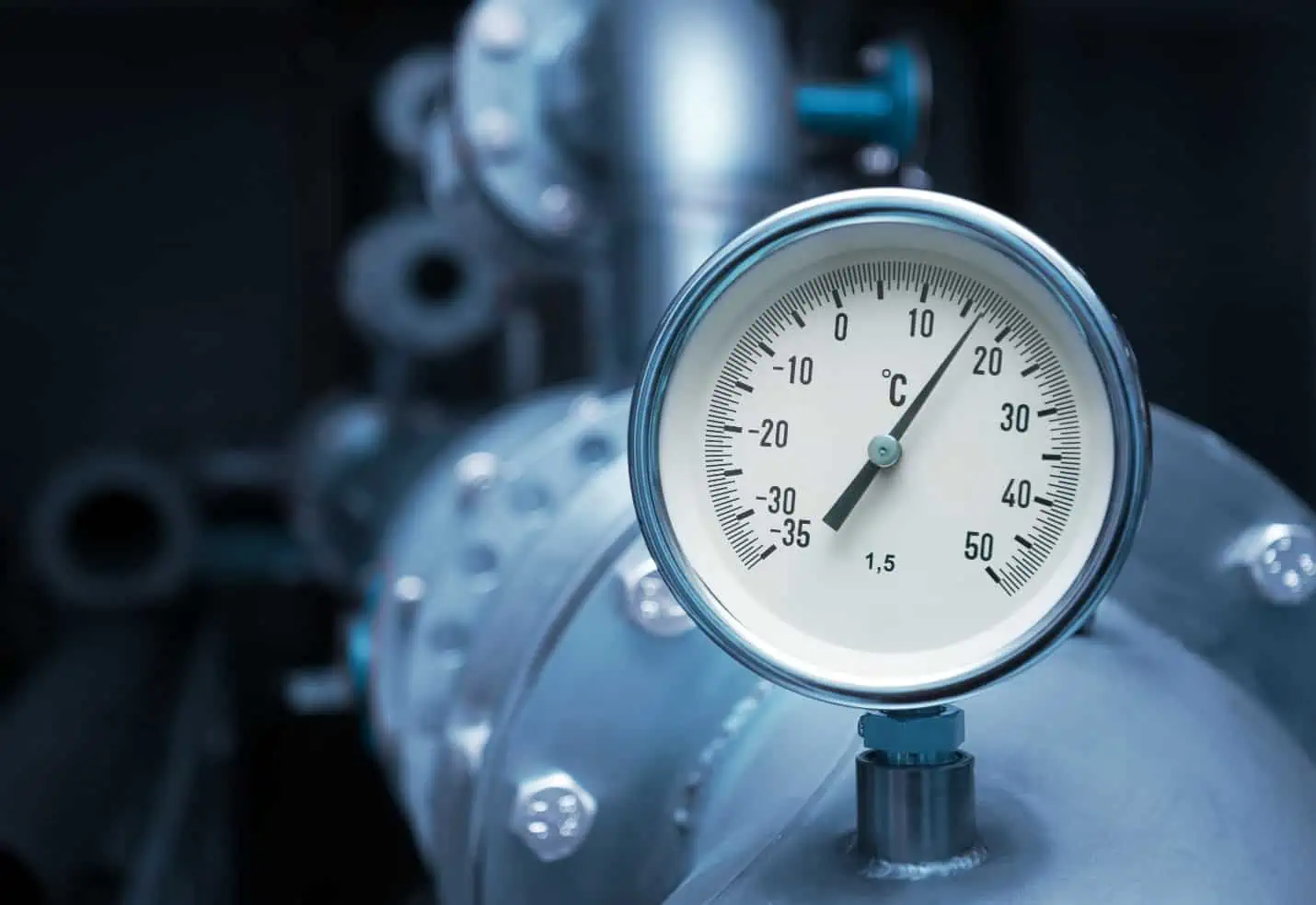
The Relationship Between Temperature And Humidity
Temperature and relative humidity are inversely proportional. This means that if temperature increases, the relative humidity will decrease. The relative humidity is determined as a function of the absolute humidity, and varies with temperature.
Absolute Humidity
The absolute humidity expresses how much water vapor is in a volume of air without considering the temperature of the air. It is determined by dividing the mass of water vapor in the volume by the total mass of air and water vapor in the volume.

Elevate Your Engineering With Excel
Advance in Excel with engineering-focused training that equips you with the skills to streamline projects and accelerate your career.
Relative Humidity
The relative humidity relates the absolute humidity to the temperature. It is calculated as the actual amount of water vapor in a volume of air divided by the maximum amount of water vapor the volume can hold. When the relative humidity reaches 100%, the volume has become saturated and can no longer hold any more water as vapor, and additional water will condense out as liquid.
How Humidity Affects Temperature
The humidity level does not actually affect the temperature. Rather, humidity will affect the perception of temperature. At higher humidity levels, air will feel warmer, and at lower humidity levels, air will feel cooler. This is commonly expressed as the heat index, which indicates that the temperature will seem higher as humidity increases.
Determining The Temperature – Humidity Relationship
A temperature – humidity relationship chart is the most common way to determine the relationship between the two. This chart is a matrix that is used to evaluate the effect of the relative humidity and temperature to present the apparent temperature. An example of such a chart is shown in the following figure:
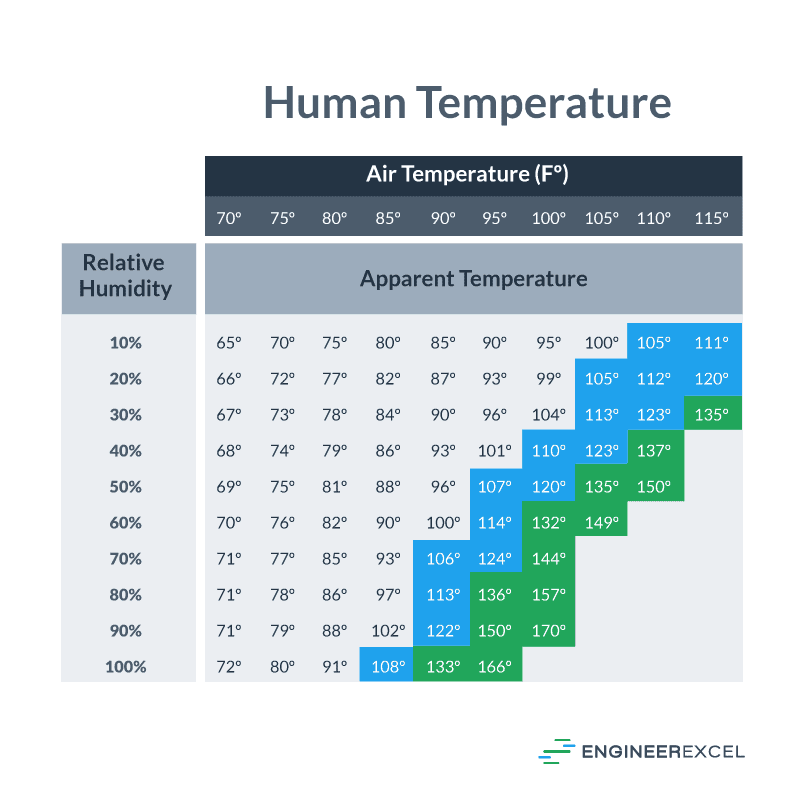
Reading A Temperature – Humidity Relationship Chart
A temperature – humidity relationship chart has the air temperature as column headings and the relative humidity labeling the rows. By matching a known relative humidity value with a known actual temperature, the chart can be used to find the apparent temperature relating the two.
Example
As an example of using a temperature – humidity relationship chart, assume an actual temperature of 75°F. Using the above chart, at 10% relative humidity, the temperature will feel like 70°F. If the relative humidity increases to 100%, the temperature will feel like 80°F. Although the actual temperature is the same, due to variations in the relative humidity, the temperature will feel 10°F warmer.
Dew Point
In addition to the heat index, the dew point is a common expression of humidity used in weather-related applications. Specifically, the dew point describes the temperature that air at constant pressure must achieve so that the relative humidity is 100%.
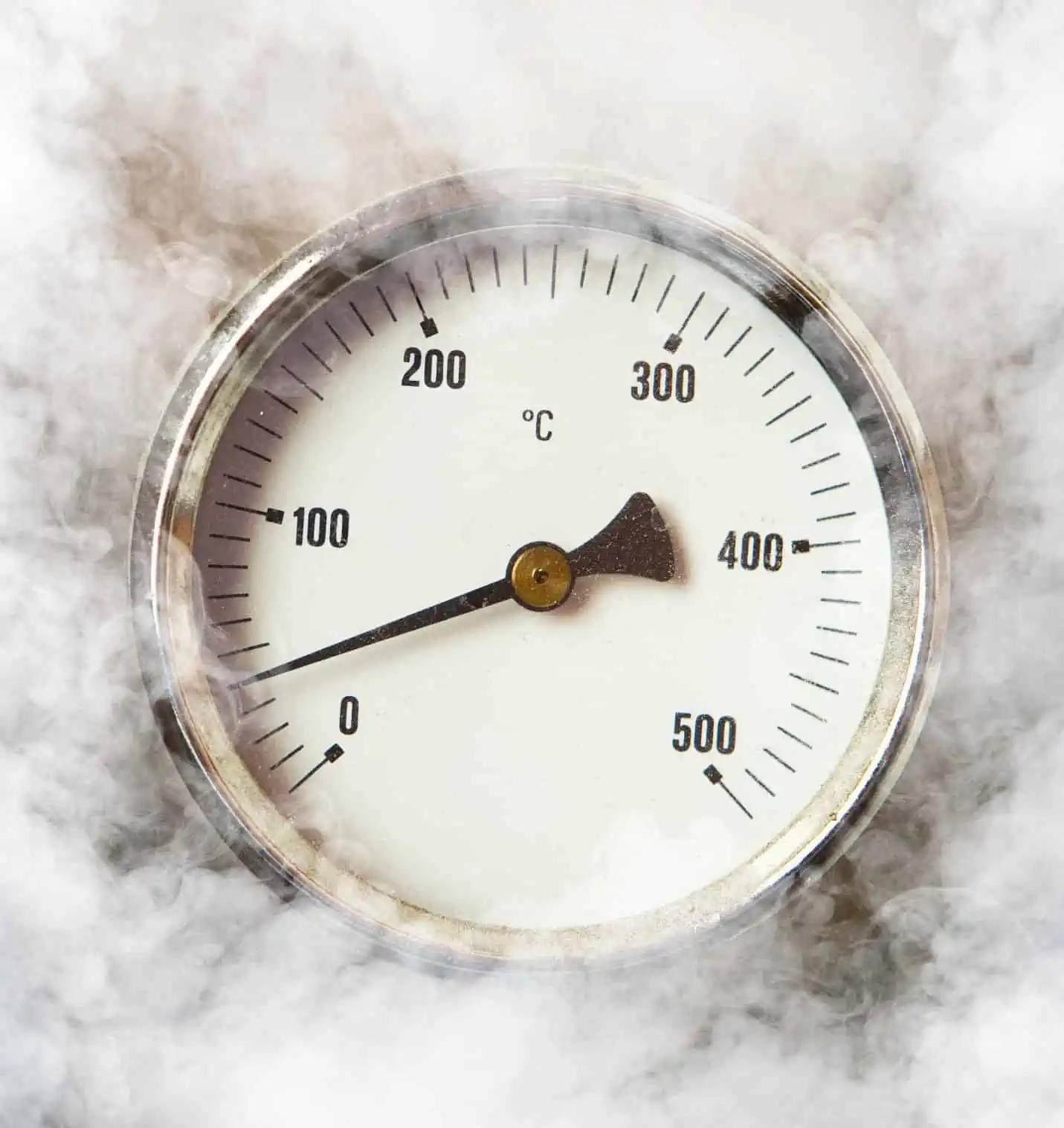
Determining Dew Point Temperature
To effectively determine the dew point temperature, psychrometric charts are often used.
The psychrometric chart below is in SI units:
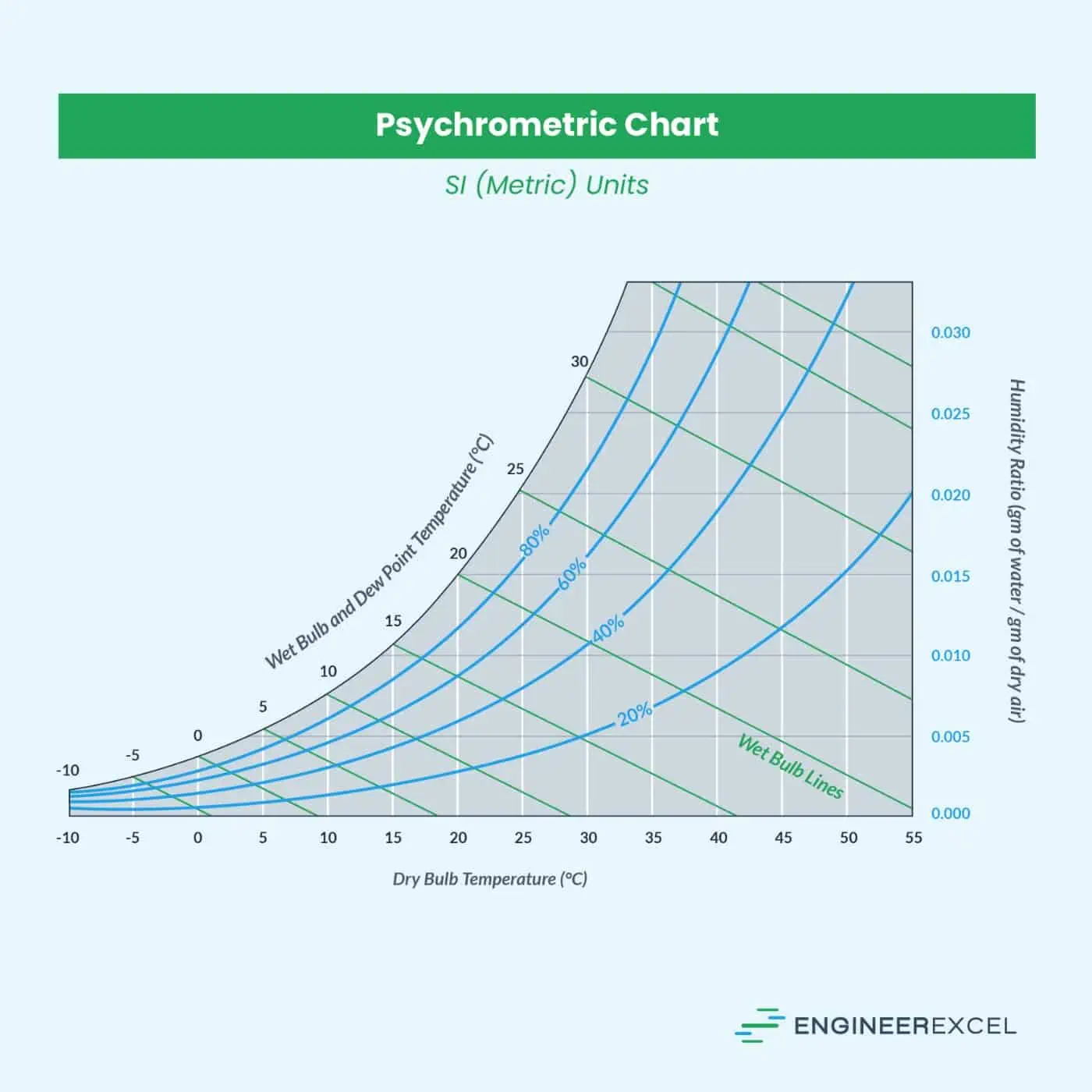
This psyhrometric chart is in US units:
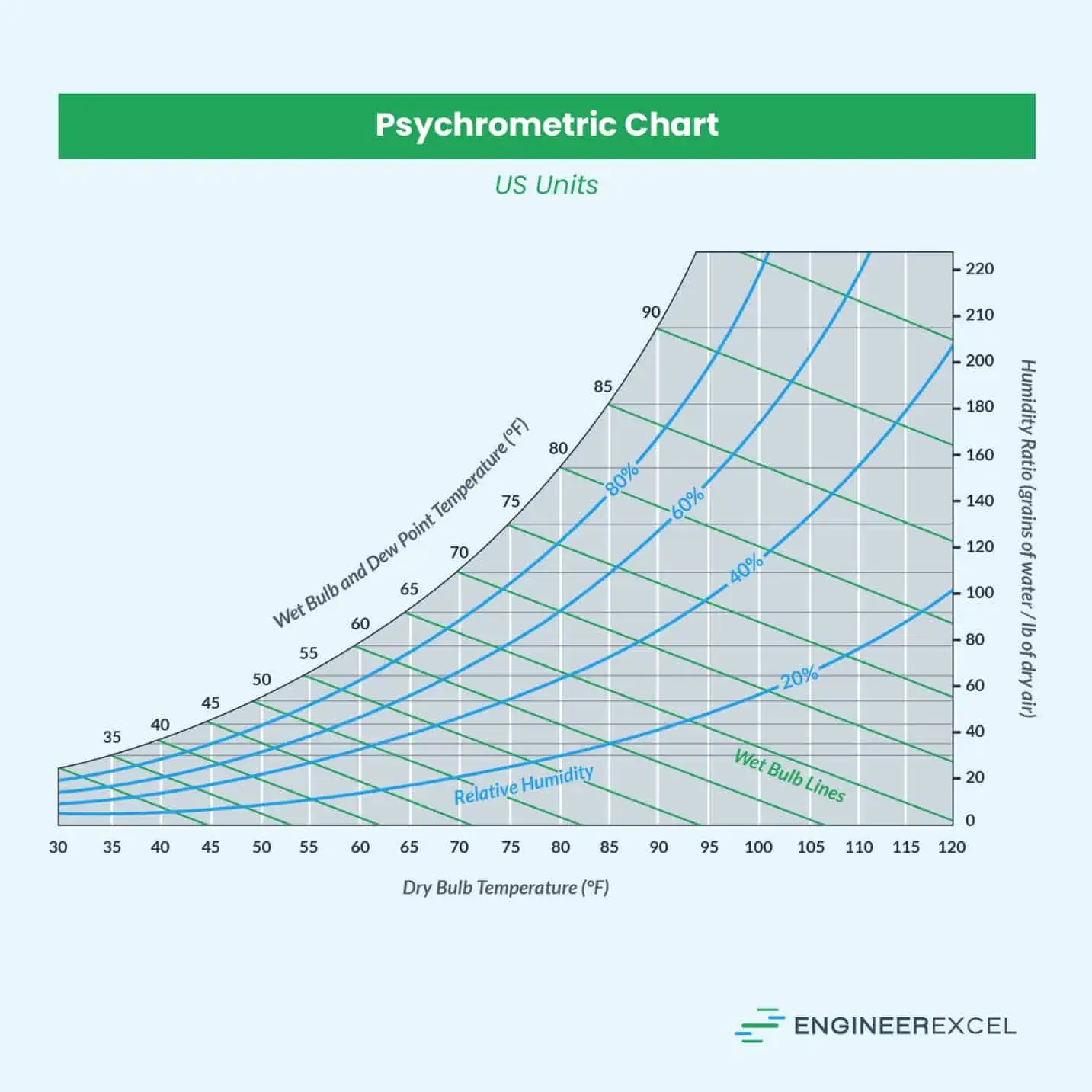
Reading A Psychrometric Chart
The x-axis of the chart shows various temperatures and the curved axis on the upper left side shows the dew point, also known as the wet bulb temperature. To determine the dew point temperature from relative humidity and air temperature:
- Find the air temperature on the x-axis.
- Follow one of the white lines up to the blue curve of relative humidity.
- Find the nearest green wet bulb line.
- Follow the green line to the dewpoint temperature.
As the temperature decreases, the maximum water vapor capacity also decreases. This demonstrates that at lower temperatures air can hold less water as vapor.
Pressure, Temperature, And Humidity
Variations in ambient pressure will have an effect on the maximum water vapor capacity, which can be expressed by the vapor pressure of the water. From a meteorological perspective, the interaction among the pressure, temperature, and humidity plays a key role in weather.
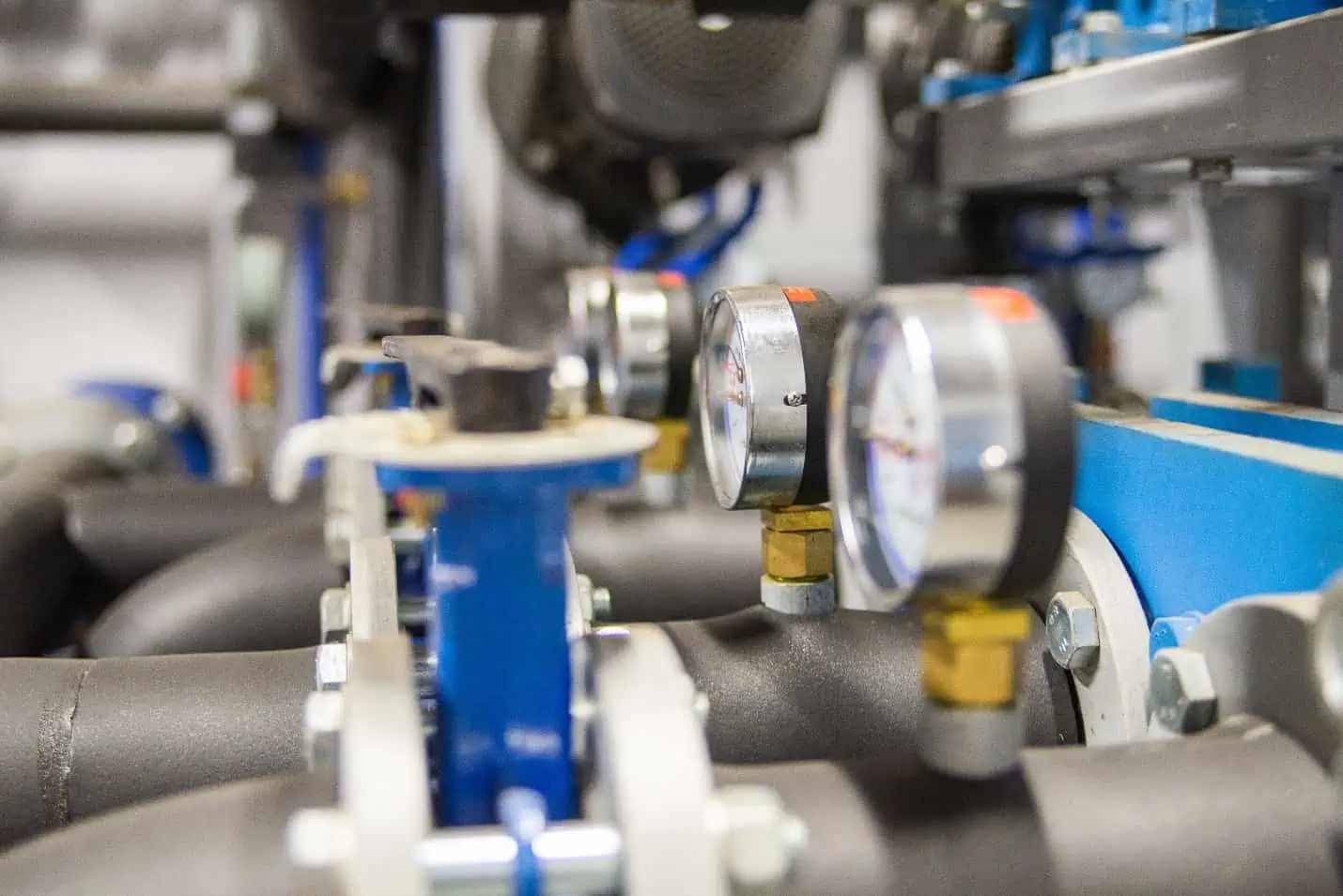
Engineering Applications
While the most common applications of the relationship between temperature and humidity are related to weather and human comfort, the role of temperature and humidity in engineering is also important. For example, the relationship can be used to understand at what temperature water will condense into a liquid so that the impact of liquid water on a structure or material can be evaluated.
